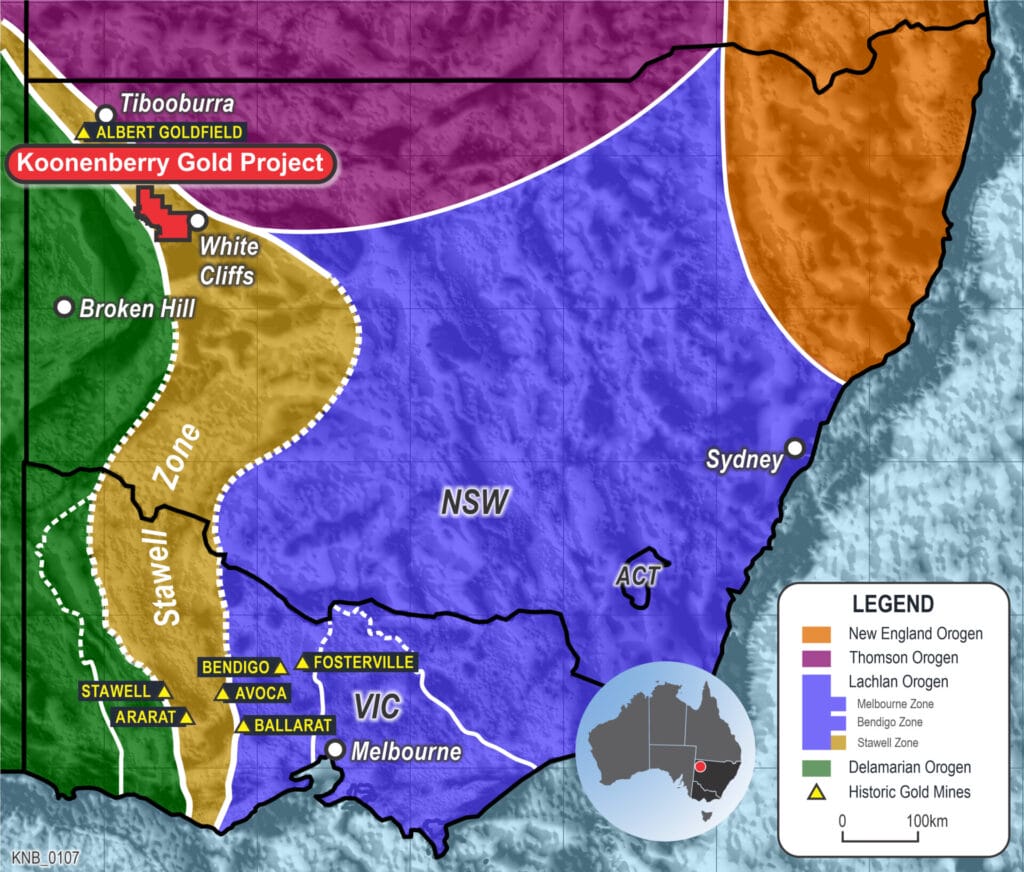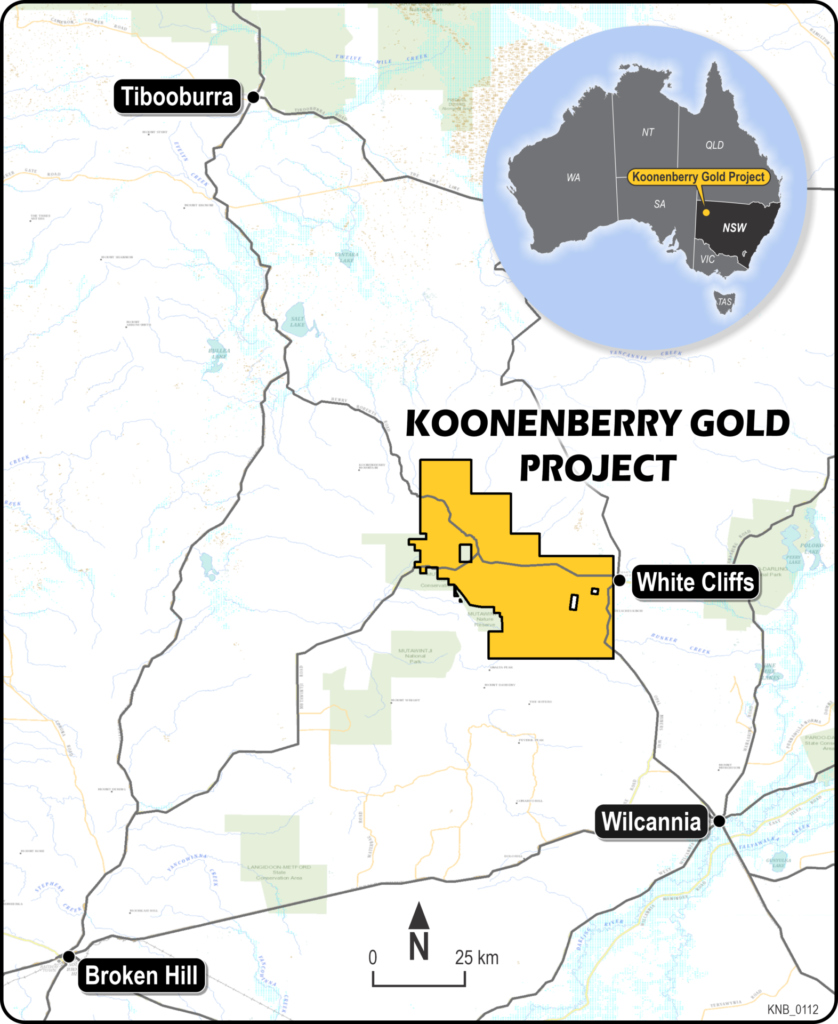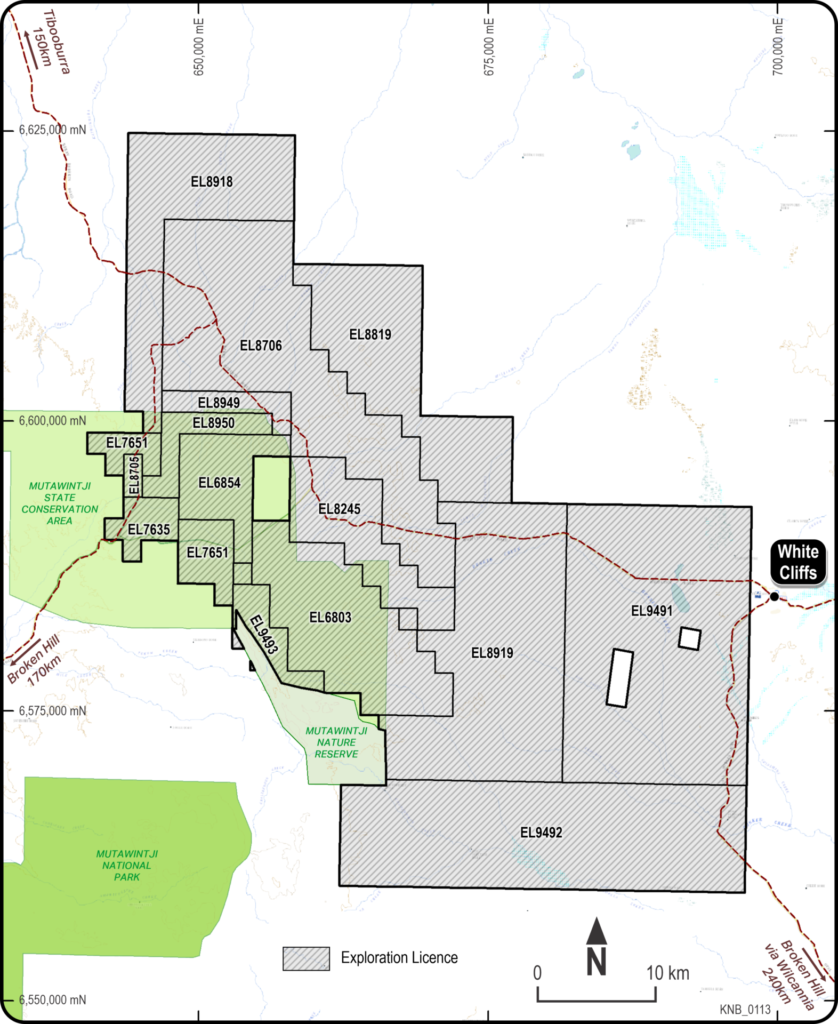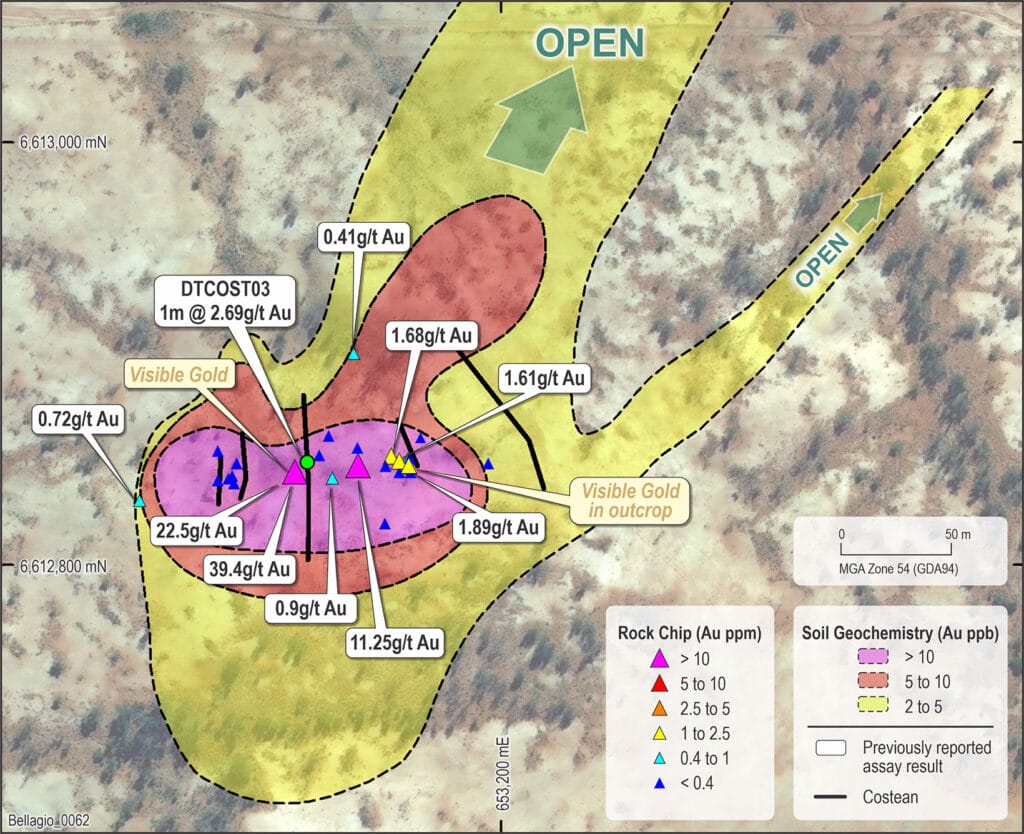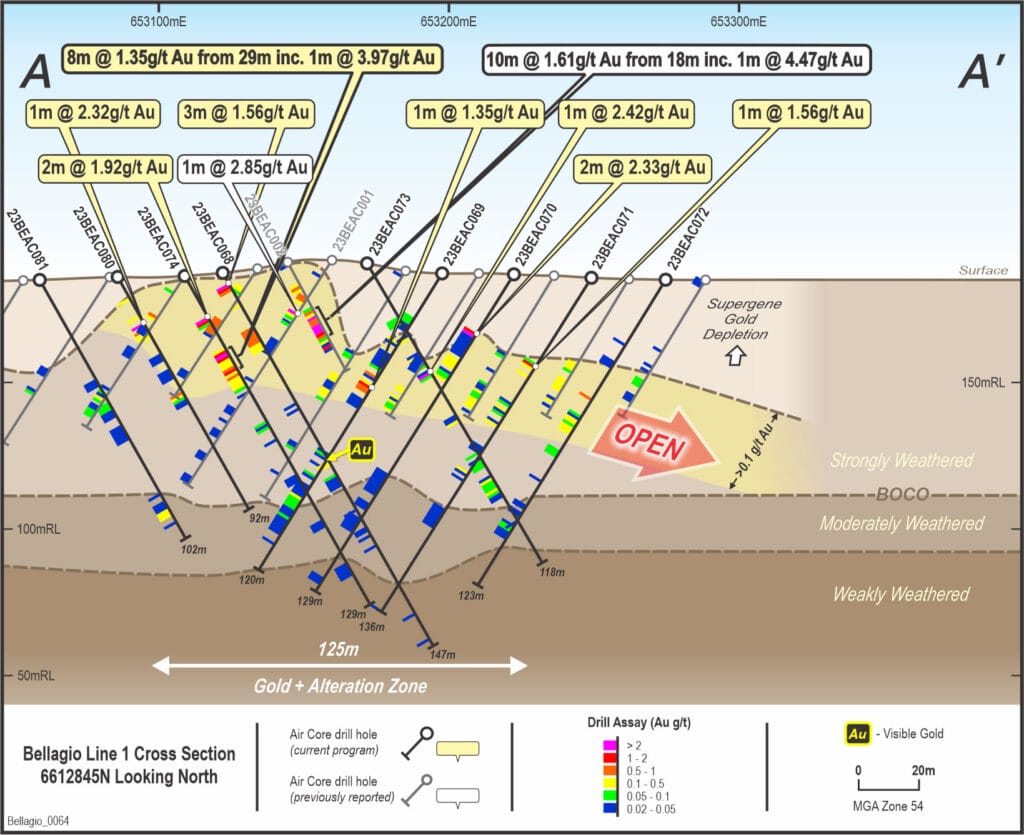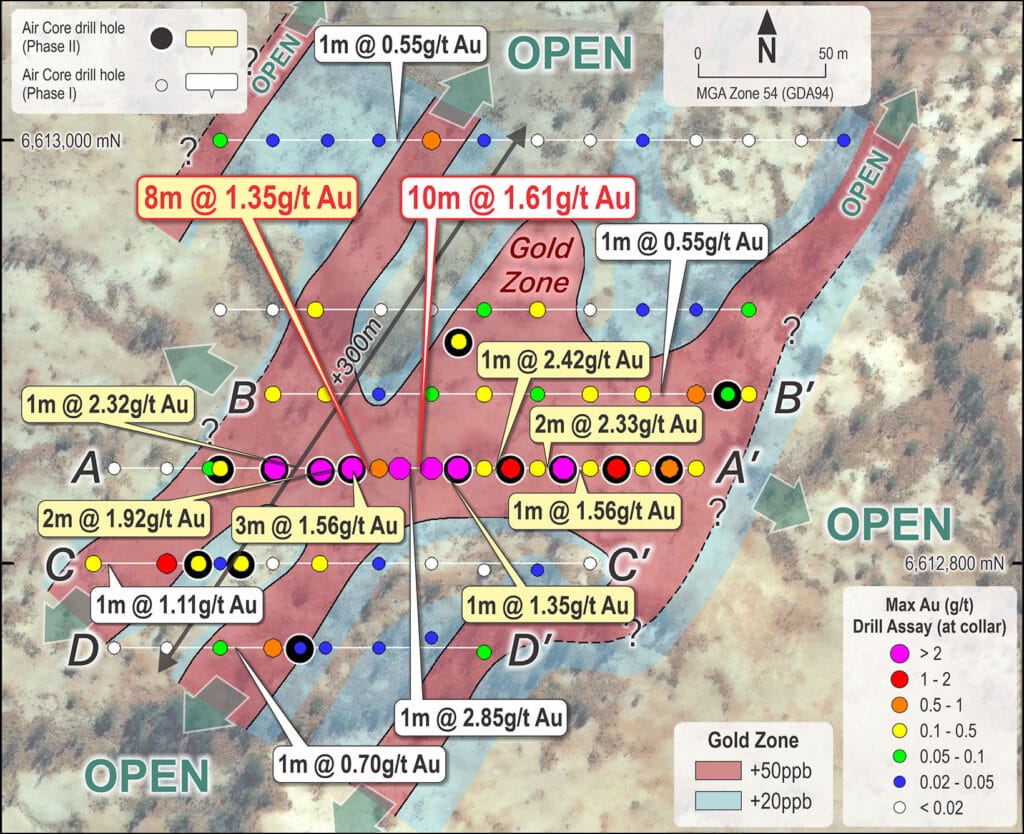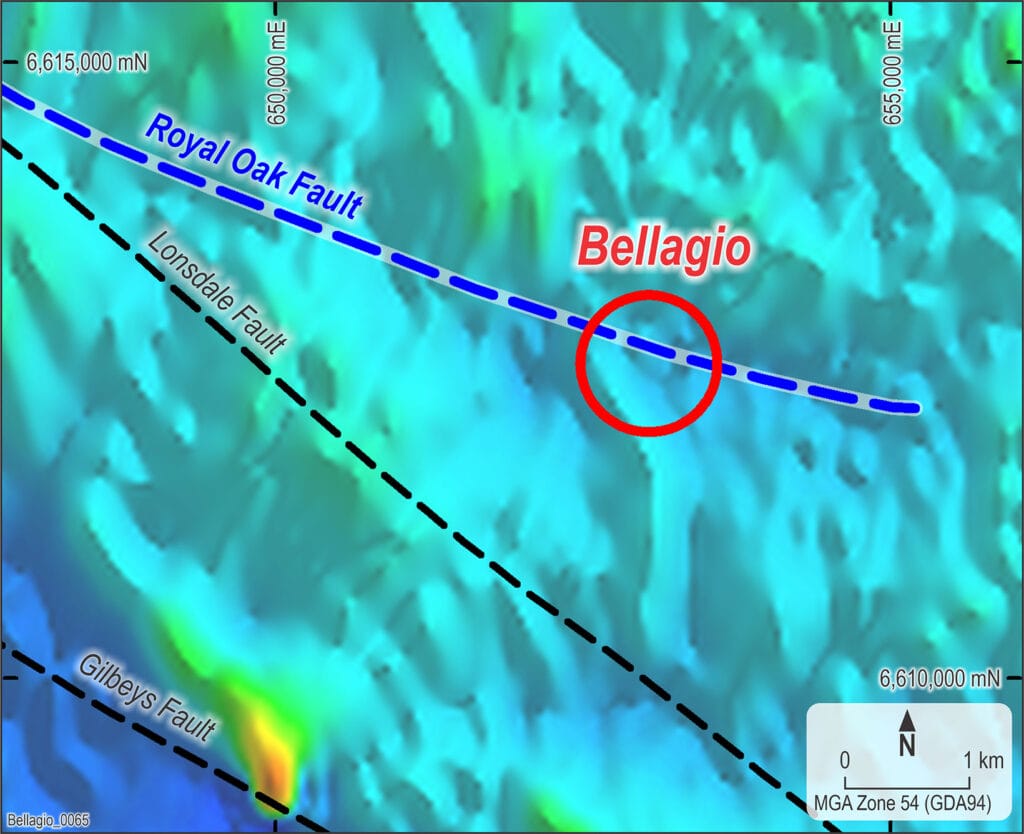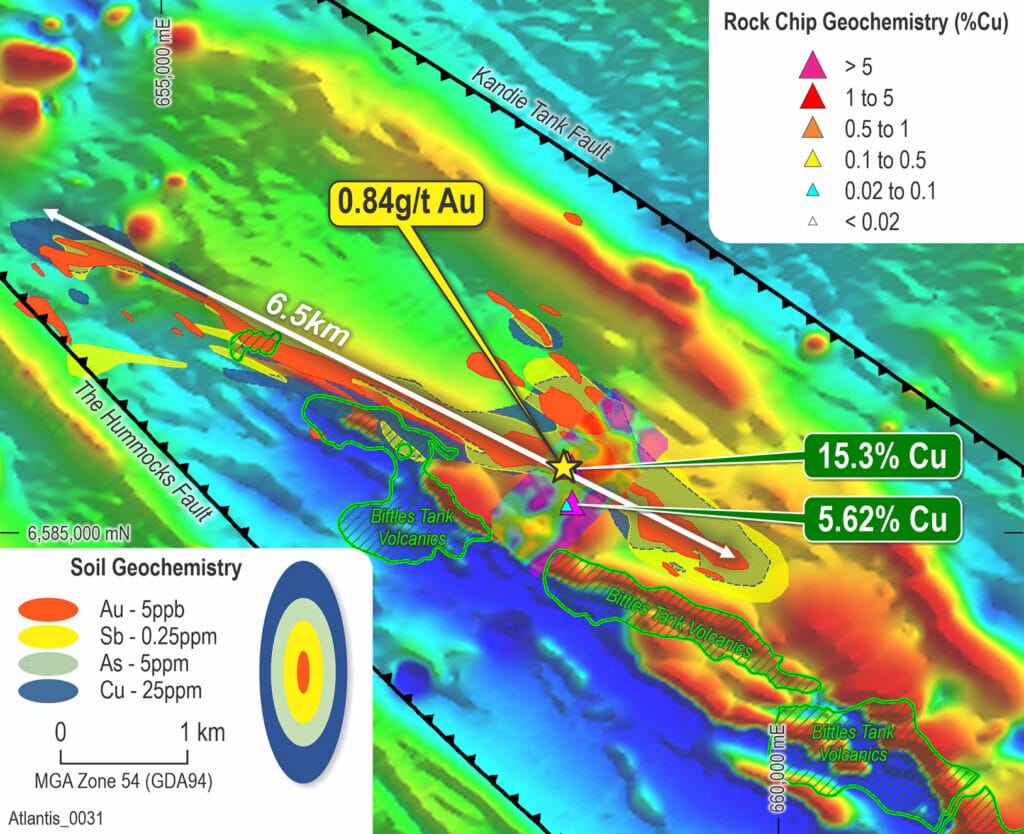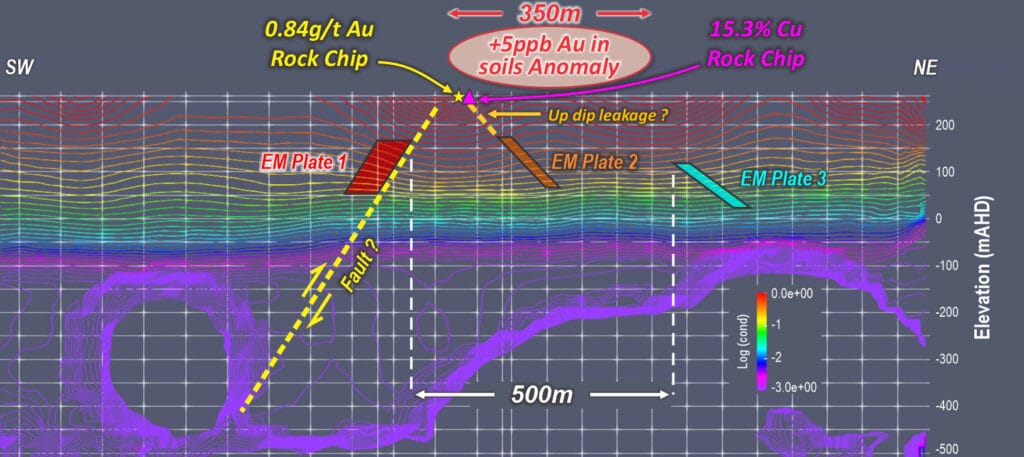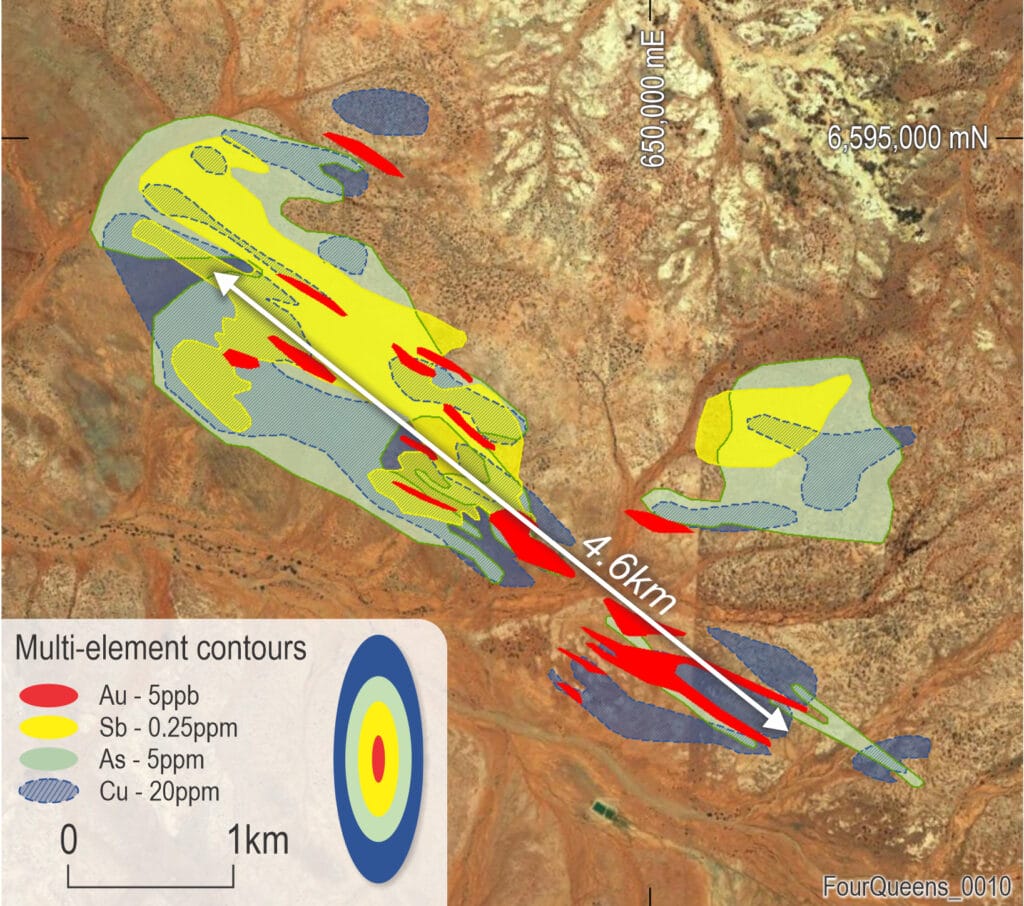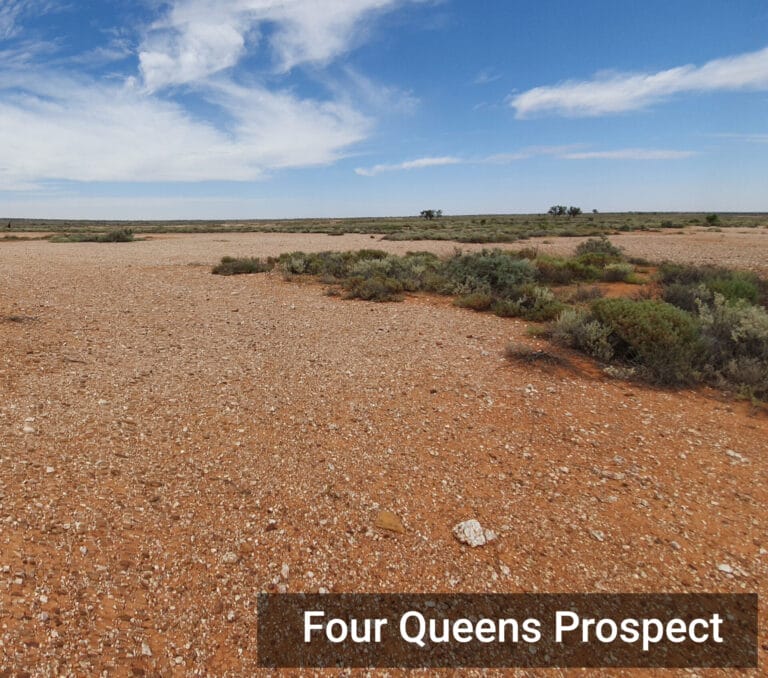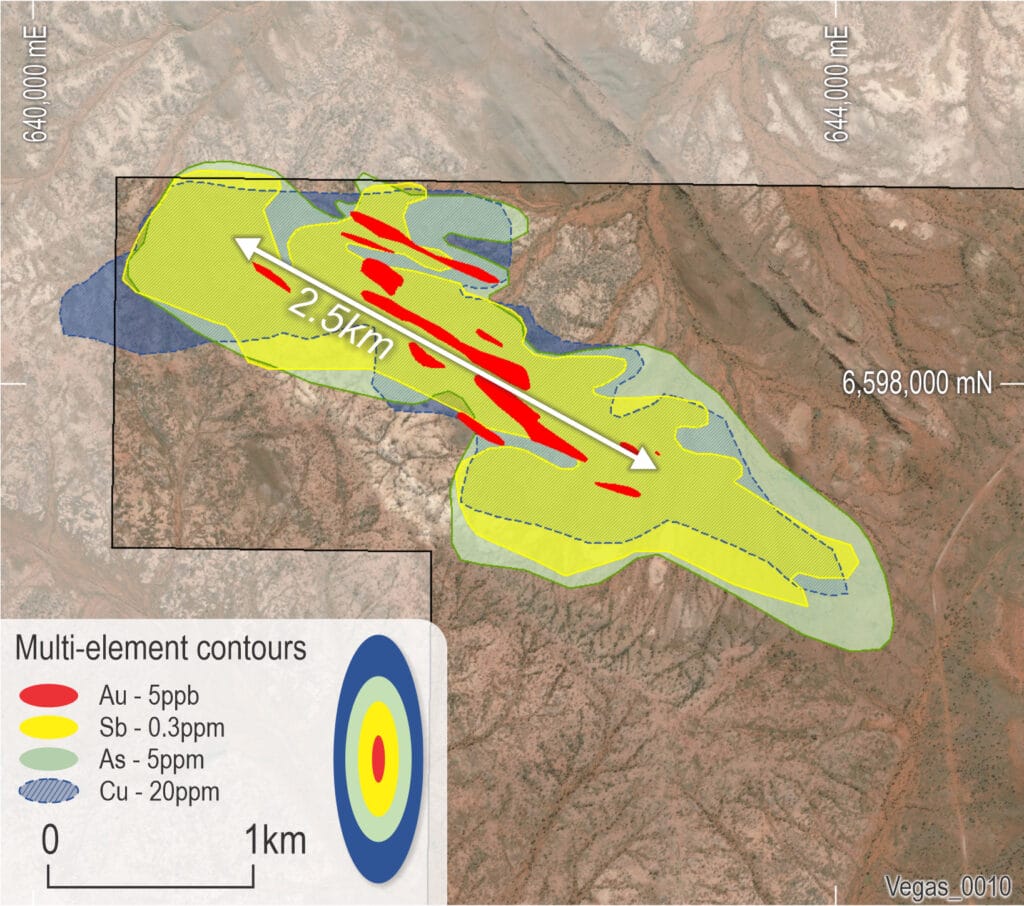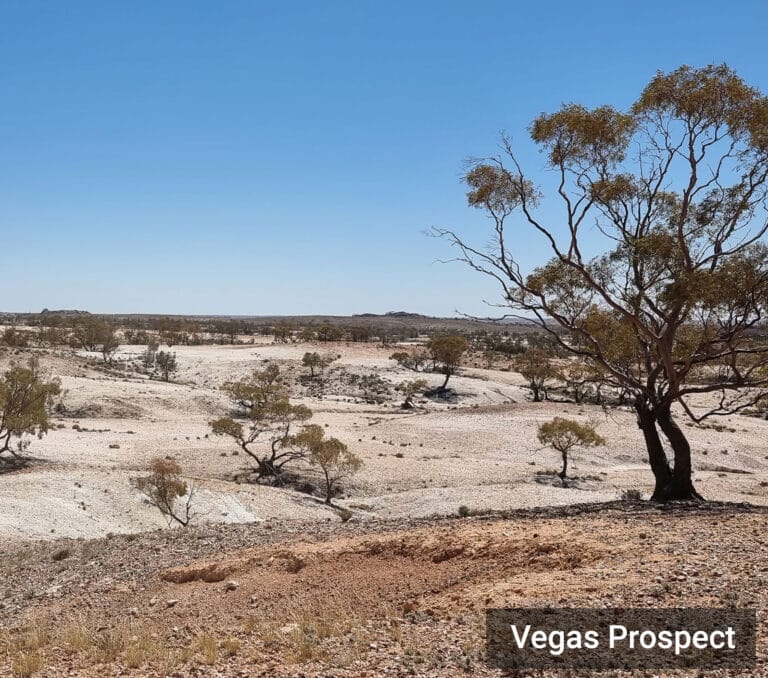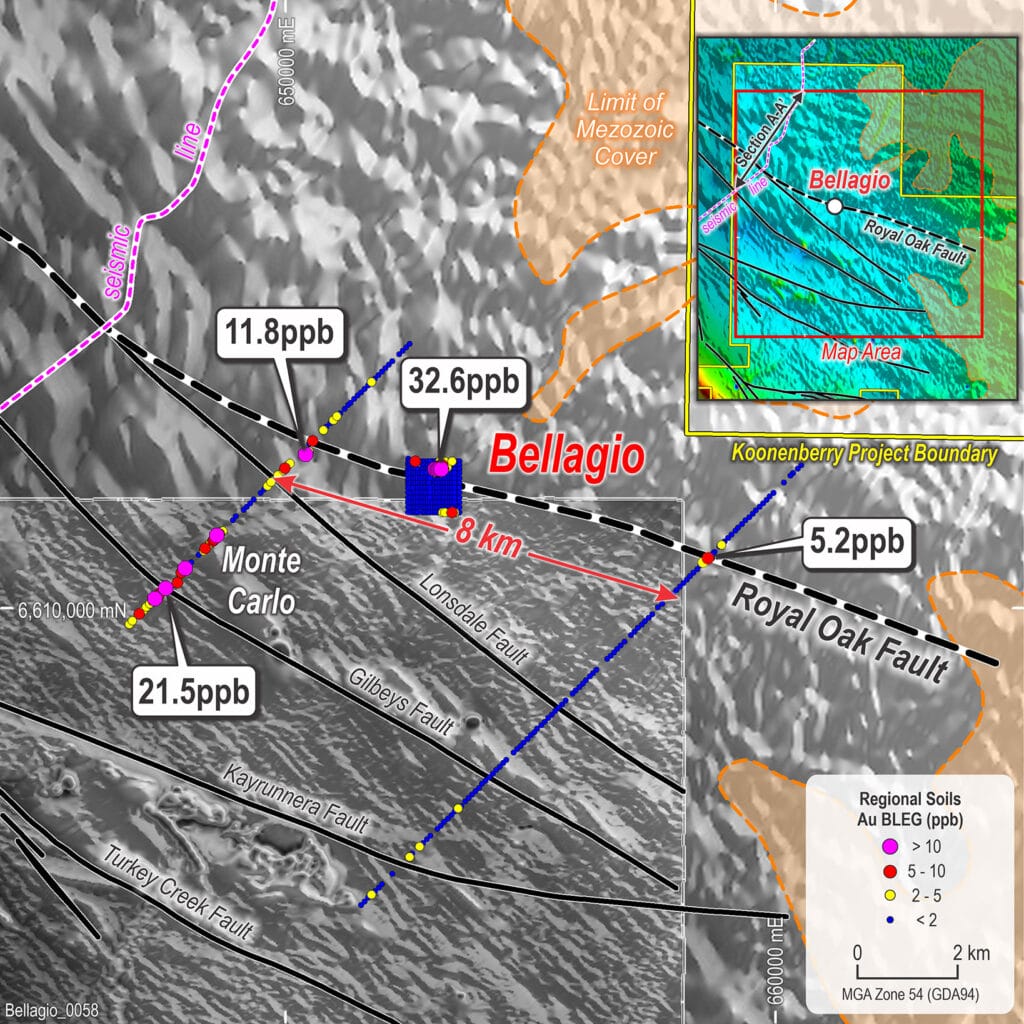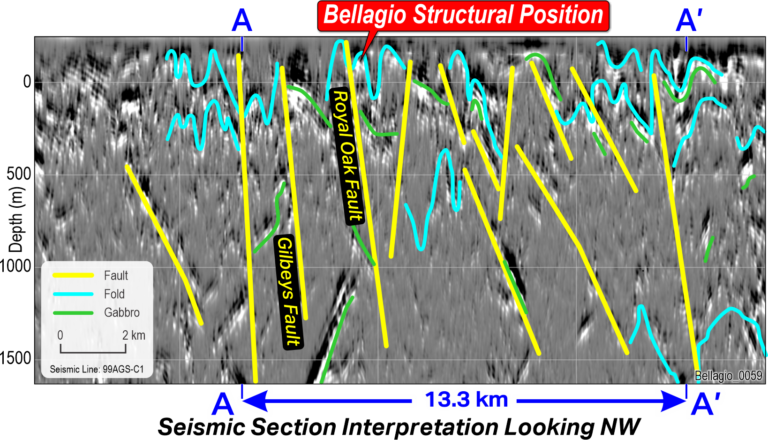Our Project

Project Highlights
The Koonenberry Gold Project is considered highly prospective for orogenic gold mineralisation. Considered an extension of the Stawell Zone in western Victoria, potential therefore exists to host multi million ounce gold deposits such as the +5Moz Stawell Gold Mine.
The existence of a substantial 200km2 alluvial gold nugget field coincident with the Project is considered the best form of evidence to host a significant gold deposit. In addition, the prospectivity of the Project is enhanced by the following:
- Similar tectonic setting as part of the 500Ma Delamarian and 440Ma Benambran Orogenies.
- Mafic basement rocks which are believed to be the source of the gold mineralisation.
- The presence of the deep mantle-tapping Koonenberry Fault, that may have provided fluid pathways.
- Numerous geochemical soil anomalies in association with splay faults off the Koonenberry Fault.
- Deformed turbidite sequences that correspond to those trap sites extensively exploited for gold in Victoria.
- Extensive mapped auriferous quartz vein systems.
- Extensive placer and palaeoplacer deposits, currently being exploited by prospectors and fossickers and reportedly yielding significant quantities of gold.
- Very low exploration maturity with limited testing of the mineralisation to date.
Location and Tenure
The Koonenberry Gold Project is located in north-western New South Wales, approximately 160km northeast of the major mining and cultural centre of Broken Hill and 40km west of the opal mining town of White Cliffs. Good access is available via main roads connecting Broken Hill, White Cliffs and Tibooburra.
The project covers an area of about 2,060 km2 comprising a total of 15 Exploration Licences all of which are in good standing. The licences are held beneficially by 100% owned subsidiary company Lasseter Gold Pty Ltd.
Geology and Mineralisation
The Koonenberry Belt is an orogenic belt with the potential to become a major new mineral province. The lithostratigraphy, the structural style, mineralisation timing and tectonic setting all point favourably to a comparison with the Western Victorian Goldfields and the likelihood of the Project area being a continuation of the Stawell Zone. The mineralisation styles range from lode style to alluvial and deep lead mines.
The Project area covers a series of Mid-Cambrian marine sediments of the Teltawongee and Ponto Groups, which were deposited in a volcanic arc environment prior to being deformed in the Late Cambrian Delamerian Orogeny. This orogeny is characterised by intense compressive deformation, resulting in tight to isoclinal upright folds and a vertical slaty cleavage.

Pipeline of Discovery Opportunities
MINERALISED PROSPECTS
Bellagio Gold Prospect – Significant widespread gold mineralisation in bedrock.
- Outcropping quartz veins and abundant quartz scree (limited outcrop)
- 39.4g/t, 22.5g/t and 11.25g/t Gold (demonstrates potential for high grade gold mineralisation)
- Hosted by metamorphosed sediments (Siltstone, Mudstone and Sandstone)
- Gold associated with milky white to smokey grey quartz veining
- Deformed turbidite sequences that correspond to those trap sites extensively exploited for gold in Victoria.
- Pathfinder support with Arsenic (As), Copper (Cu), Antimony (Sb)
- NNE striking veins consistent with en echelon vein emplacement along WNW trending shear zone
- In plan view, Air Core drilling has defined a broad 250m x 300m gold zone
- In cross section, Air Core drilling has defined >1g/t over a +125m area
- Significant intercepts (>1g/t Au) include:
- 10m @ 1.61g/t Au from 18m, inc. 1m @ 4.47g/t Au from 24m (23BEAC002)
- 8m @ 1.35g/t gold from 29m, inc. 1m @ 3.97g/t gold from 30m (23BEAC074)
DRILL READY PROSPECTS
Atlantis Copper-Gold Prospect – Extensive Copper-Gold, Never drilled.
- Outcropping copper-gold mineralisation
- Rock chip samples to 15.3% Cu, 0.84 g/t Au, 16,000ppm As, 0.34% Pb
- Strongest, most coherent anomaly within the KNB Project Area
- Gold in soil anomaly 6.5km x 900m (+5ppb, max 49.4ppb Au)
- Adjacent to Koonenberry deep crustal/mantle-tapping fault
- Wedged between two second order splay faults
- Doubly-plunging antiform interpreted (mafic dome) similar to +5Moz Stawell Gold Mine
- Three Electromagnetic (EM) conductive plates modelled down dip from copper-gold in outcrop
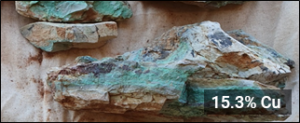
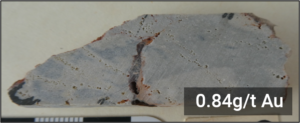
ANOMALOUS PROSPECTS
Four Queens Prospect – High grade gold target
- Gold in soil anomaly 4.6km long and up to 750m wide (+5ppb, max 55.9 ppb Au)
- Au +Sb-As ±Cu pathfinder element association
- Historical Lag sample results of 13.95g/t Au and 665ppm As
- Located along second order splay
- Located on Sth margin of Nuntherungie half-graben (pull-apart basin setting)
Vegas Prospect – Shear zone hosted gold system
- Gold in soil anomaly 2.0km long and up to 450m wide (+5ppb, max 20.1 ppb Au)
- Au +Sb-As ±Cu-Mo pathfinder element association
- Extensive quartz scree indicative of hydrothermal fluid flow
- Located near Koonenberry fault + intersection of multiple splay faults
- Multiple stacked reefs
EXPLORATION TARGETS
Bellagio Gold Corridor/Royal Oak Fault
- Fertile structure +20km prospective strike
- Deeply penetrating fault (2nd/3rd order fault splay/thrust)
- Traceable in magnetic and seismic data
- Largely unexplored with little/no systematic work
- Regional soils (BLEG) highlight two coincident gold anomalies 8km along strike from Bellagio:
- 11.8ppb Au (2.6km NW) and
- 5.2ppb Au (5.8km SE)

